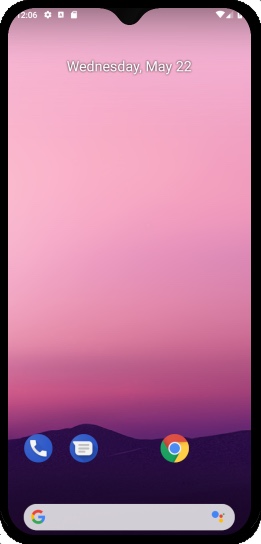
- #Virtual device on mac for android studio mac os#
- #Virtual device on mac for android studio full#
- #Virtual device on mac for android studio android#
#Virtual device on mac for android studio android#
Features excellent gaming experience and high performanceĪrChone is one such Android emulator for PC and Mac which is Google’s official App Runtime included in the Chrome package.The fusion of the Android ecosystem with the system interface.
 Let’s you multitask like watch video content, or play games. Supports dual boot with a single click through a PrimeOS installer. Again this is a gamer-focused emulator and best for productivity. It will boost up your running native Android. It gives you access to numerous Android apps and it gets installed as a partition on your computer.
Let’s you multitask like watch video content, or play games. Supports dual boot with a single click through a PrimeOS installer. Again this is a gamer-focused emulator and best for productivity. It will boost up your running native Android. It gives you access to numerous Android apps and it gets installed as a partition on your computer. #Virtual device on mac for android studio mac os#
Therefore, I created an alias in my ~/.bash_profile file that lets me launch my preferred emulator using a single command.PrimeOS emulator is a standout Android emulator that offers a desktop experience the same as Mac OS or PC. I wanted to simplify these two steps into one, because I do the vast majority of my development on a single AVD.
#Virtual device on mac for android studio full#
The full workflow is: 1) use emulator -list-avds to see a list of your current AVDs. But if this becomes too annoying you can always switch to running the emulator command without the ampersand, and just give the process its own tab or window in your terminal.Īt this point you’re now able to successfully launch Android AVDs from your command line. You can safely use Ctrl+C to regain control without killing the AVD.
Even though the emulator process will now run in the background, the process can still interrupt your terminal to show output from time to time. If you’re really curious, you can read up on what process ids are and how they work. The 4168 bit you see above is a process id, which you can safely ignore. With the addition of an ampersand, the AVD will run in the background and you’ll regain control of your terminal. You could open a new terminal tab or window to avoid this, but you could also try appending a & to the end of the command, which is a little Linux trick to run a process in the background. One important note: when you run the emulator command with the -avd flag, the process that controls the AVD remains active in your terminal - meaning, you are unable to type subsequent commands without killing the AVD. For example here’s how I run my Nexus 5X AVD using the emulator command. Once you have an AVD’s name, you can start up that AVD with the emulator command’s -avd option. For example, here’s what that command looks like when I run it on my Mac. The first option you’ll want to know is -list-avds, as it lists all AVDs you currently have configured. Launching Android AVDsĪs part of the Android SDK installation you get a command-line tool called emulator, which is the Google-blessed way to work with AVDs from the command line, and which has a number of options that let you do a wide range of things. In this article I’ll walk through how you can set up these commands on your own machine. I named them ios-simulator and android-emulator, and here’s what they look like in action. So I spent a little time setting up commands that let me launch these tools from my terminal. 
I use the iOS Simulator and AVDs (Android Virtual Devices) heavily, and was getting frustrated with the need to manually launch the two from Xcode and Android Studio, respectively.






 0 kommentar(er)
0 kommentar(er)
